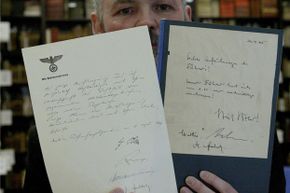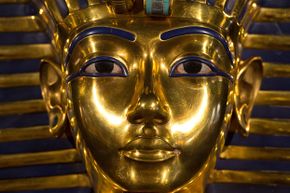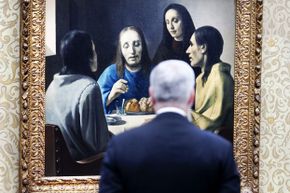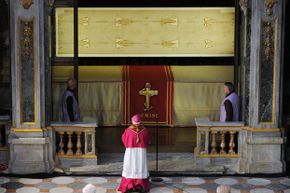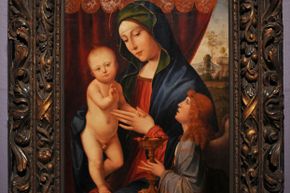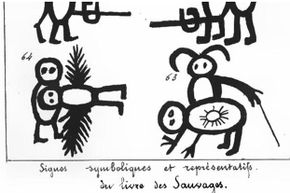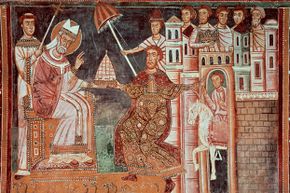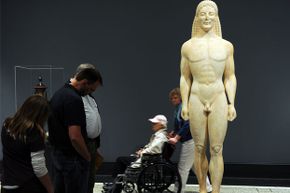A real Louis Vuitton handbag will have an LV logo engraved on the zipper pull; a fake will not. And the letter O shapes on a real Louis Vuitton will be round, not oval. The small details of the item keep its secrets, and those secrets are often well kept -- the sale of fake Louis Vuitton bags isn't the only shady business that's booming. The International Anti-Counterfeiting Coalition estimates counterfeiting is a $600 billion a year industry, about 7 percent of all the goods traded globally [source: Elliot].
Just like the details of an Alma bag will give away whether or not it's legitimate, the devil is in the details when determining a fake antique, too. Spotting forgeries isn't all that easy – and not just for those of us who casually browse estate sales or vintage shops. It's difficult even for the pros, and even when they have experts and carbon-14 testing to rely on. Here we have 10 famous forgeries and those who were fooled into thinking those fakes were legit. Let's talk first about how the Henry Ford Museum found that the difference between The Brewster Chair and The Great Brewster Chair is more than just a single word.
Advertisement



